| Like all my reviews, this is meant simply as a practical one and covering the areas in which I mostly use it which is landscapes, so wont go into any great depth. I have used it since replacing my Canon ‘Kit lens’ in 2007 and have since used it on all my cameras which have covered full frame, 1.3x and 1.6x crops. |
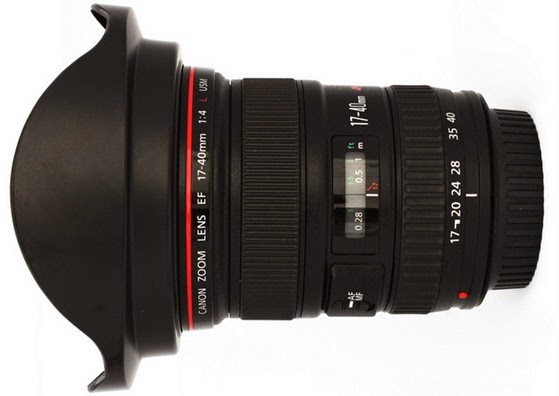 |
Build and Image QualityThis is one of Canons L lenses, so good quality is expected not just in build but in the images it produces and for me it certainly does the job. There’s no comparison with the kit lens I had before getting this. It is weather sealed which mean it should take a bit of moisture (and presumably dust and dirt) and I do use it in combination with my weather sealed 1D series cameras when it’s wet or on the beach where there’s the risk of getting covered in sand. It does feel solid and quite heavy giving you a sense of security and confidence in throwing it around a bit. I’ve found image quality to be great on this lens though nearly always used it stopped down between f8 – it’s maximum f22 so that I can get a decent depth of field for landscapes. I have used it for interior shots and it it’s widest f4 and thought those images fine, though I’m sure photographers relying on shooting wide most of the time, might feel differently. I’m not going to bother showing charts or 100% crops showing its sharpness (or any lack of), as I’ve said, this is a practical review. Obviously the images shown here can only give an idea of what the lens can produce, due to their reduced size. Nearly all my land/seascape images on my website are taken using this lens and might give a better indication of the quality. |
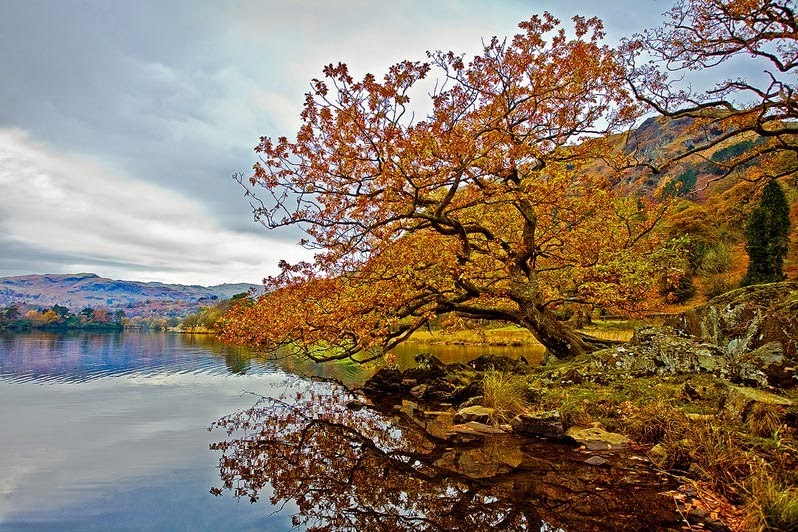 1/60 sec, f5.6, ISO 200, 23mm Canon 5D hand held (Full Frame) |
 1/4 sec, f/22, ISO 50, 17mm Canon 1D MkIIn on a tripod (1.3x) |
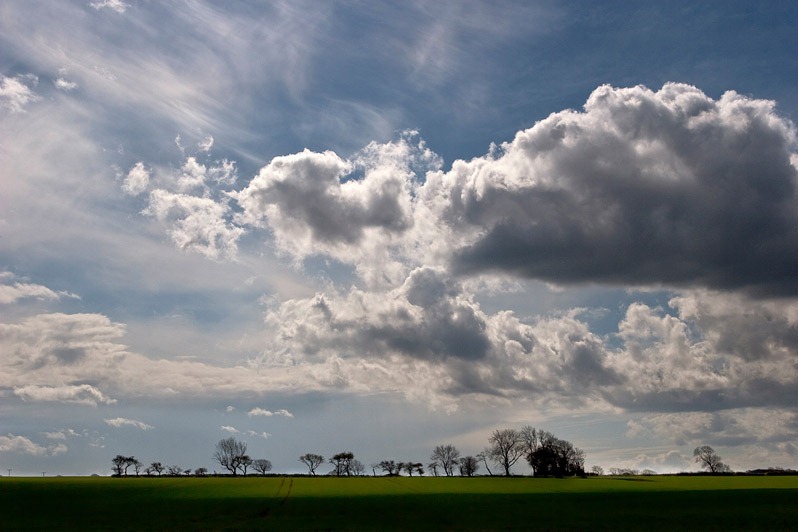 1/800 sec, f/16 ISO 100, 32mm Canon EOS 30D hand held (1.6x) |
General useThis is the lens I use almost solely for landscapes although I do have a Canon 28-105mm lens but find that’s not wide enough for my use. The above three images were taken on different crop formats – full frame 1.3x and 1.6x. It was designed to work with full frame but works fine with any of Canons camera line up. For me however, it really shines when on a full frame camera especially considering I nearly always use it on the widest focal length, 17mm. Like any wide angle lens, especially when used on a full frame camera, there is some distortion particularly noticeable when looking at the horizon. Sometimes this can give the image an effect you want, if not it can easily be removed within the software. Vignetting can also happen usually less desirable but again, can be corrected. Both of these are likely to show at the widest part, 17mm but I’ve never felt this a particular problem an example of which, you can see in the roll over image below. The following two images after, have had no corrections made showing that the issue isn’t always in need of correcting – the first I think it helps with the image and the second, due to it being stopped at a wider aperture and at a focal length of 35mm. |
| Use the mouse to roll-over the image and see corrections made for barrel distortion and vignetting |
| 0.8 sec f/22 ISO 100, 17mm Canon 5D |
| Flare is another problem any lens can suffer from and this one is certainly no worse from my experience. The image below was taken directly at a sunrise and there is obvious flare showing but it could be easily removed in processing. I always have a lens hood attached, as much for protection of the front element as to prevent the worse of any flare. |
|
|
| This lens takes a large filter size, 77mm, does make buying filters for it a bit more expensive. I did buy a protective UV filter originally but found it caused a loss of image quality. I do have a 10 stop ND filter which was quite a bit and have looked at buying a infrared filter but at its cost, I haven’t got around to it just yet. If you use the square filter systems such as that by Cokin, then you will need the larger P series. |
|
|
| Using it for infrared photography isn’t a problem. Some lenses have a ‘hot spot’ in the centre making them unsuitable for this kind of photography, but this even has an infrared marker for the focusing offset. |
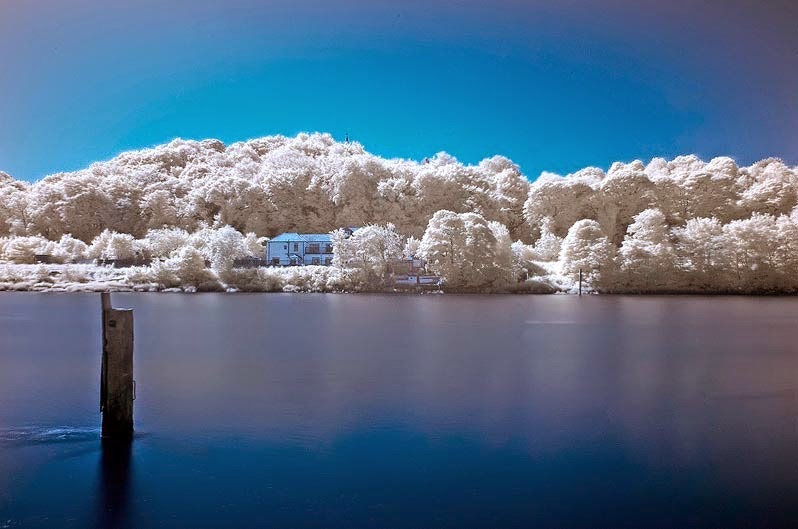 Taken with an Infrared filter attached |
Negatives?I’m not sure if there is any negatives as such. When you buy a lens you probably know already of its limitations and its suitability. Obviously it doesn’t have image stabilisation but then most of my photographs taken in low light, I would use a tripod anyway. This would be more of an issue if you used this lens for something like building interiors or weddings. It’s also f4 which is comparably slow but again, using for landscapes I nearly always use it at f8 or further stopped down. Focusing speed isn’t an issue as there tends to be little hurry to focus besides, much of the time I manually focus anyway. |
|
|
ConclusionIf you’re after a good, all round landscape lens at a decent price, then this is certainly one to look at. As I’ve said, this is just a practical review. There are other reviews of this lens that will show crops, at different apertures, at the centre or edges of the image, but for me an image either looks good or doesn’t. I can understand this for a telephoto lens and shooting wildlife where the centre of attention is on the subjects eyes, feathers or fur, but for landscapes? The biggest I enlarge my images is A2 and they look fine. If you want to be picky then keeping the f stop at around between f8 and f18 gives the better results on a full frame camera. Considering the price of this, its other Canon rival the 16-35mm is nearly twice the cost, other alternatives would be the Sigma offerings including the 17-50mm. |
Subscribe to:
Posts (Atom)

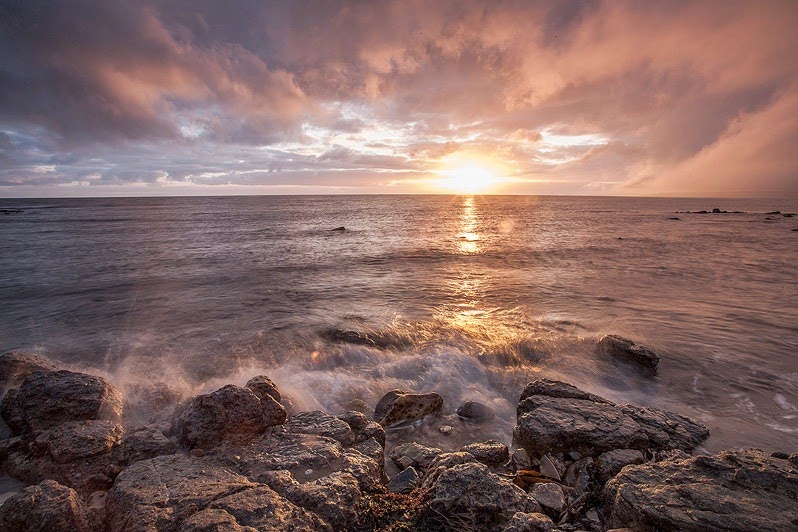 1 sec f/22 ISO 100, 17mm Canon EOS-5D
1 sec f/22 ISO 100, 17mm Canon EOS-5D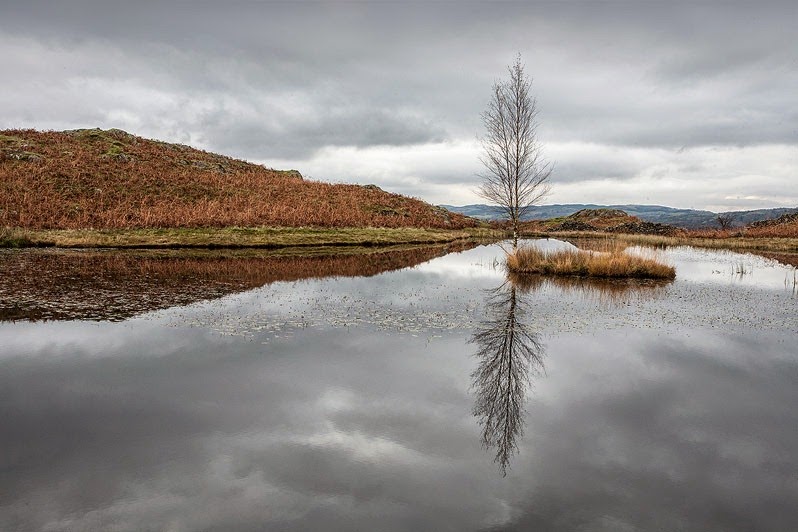 1/50 sec f/18 ISO 400, 35mm Canon EOS-5D
1/50 sec f/18 ISO 400, 35mm Canon EOS-5D 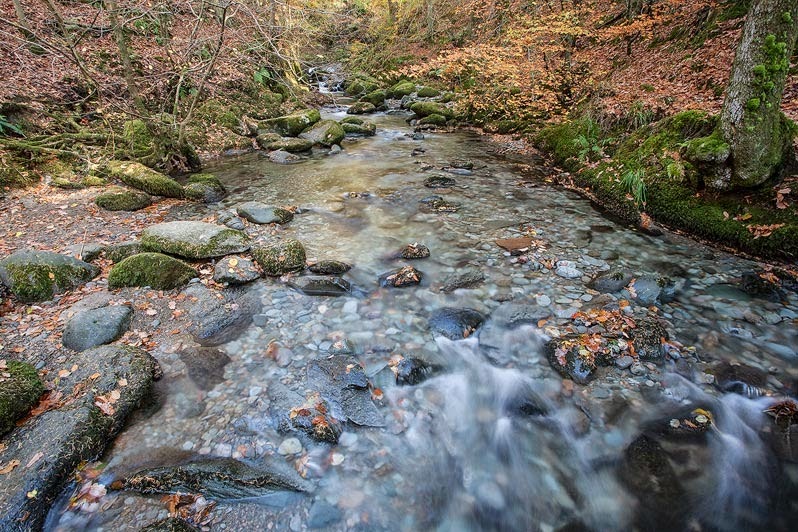 1.6 sec f/14 ISO 100, 17mm Canon EOS-5D
1.6 sec f/14 ISO 100, 17mm Canon EOS-5D




0 comments:
Post a Comment